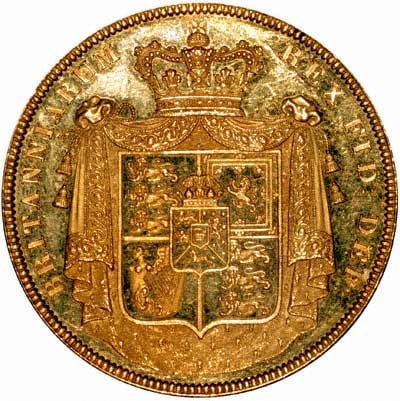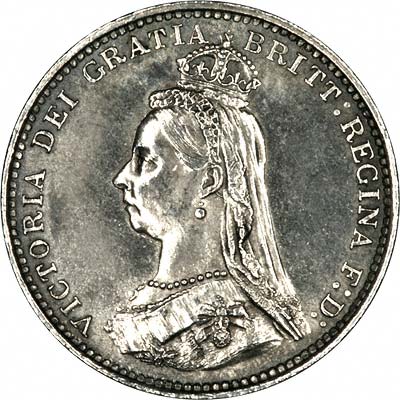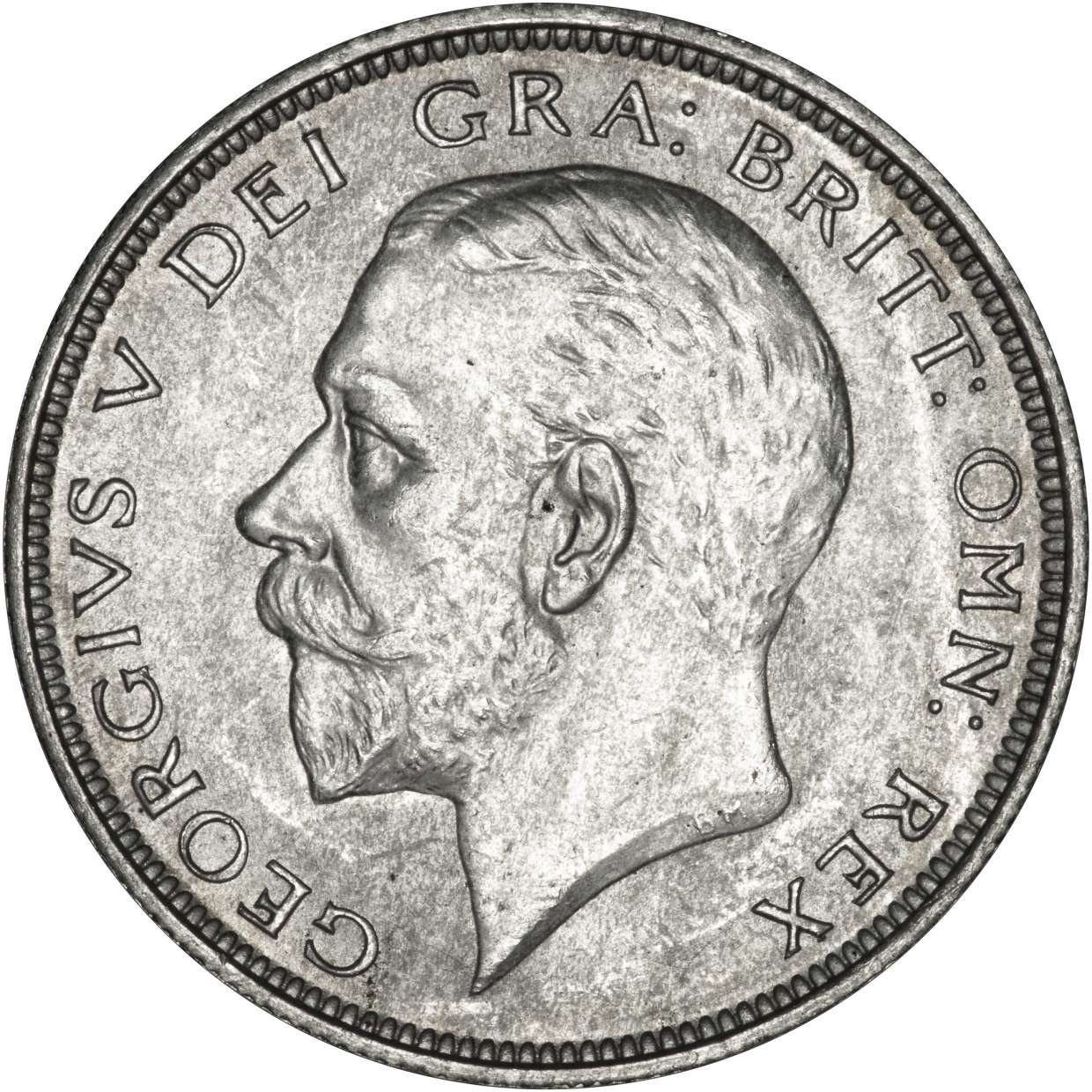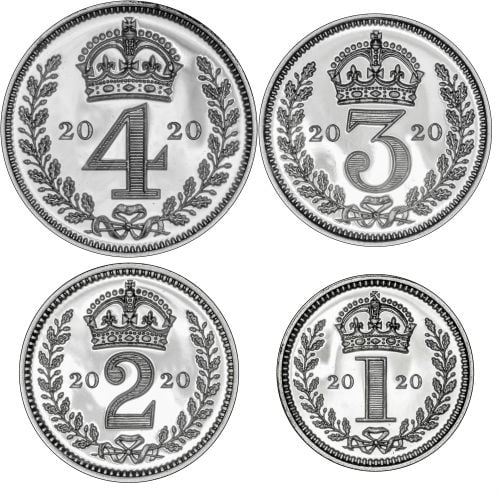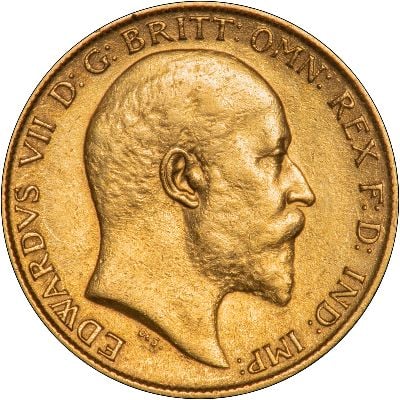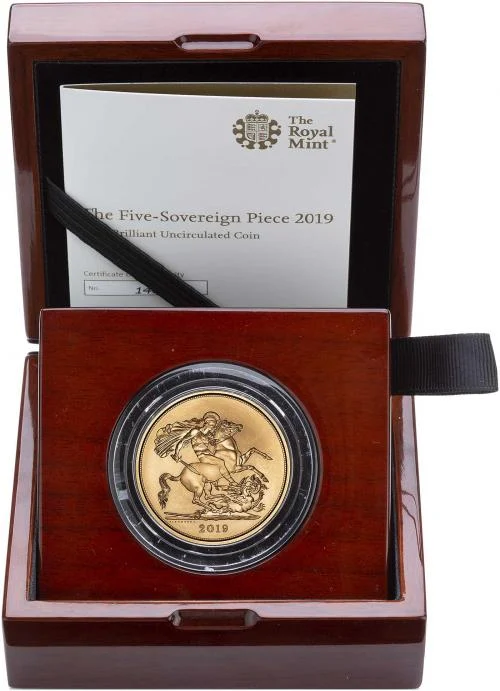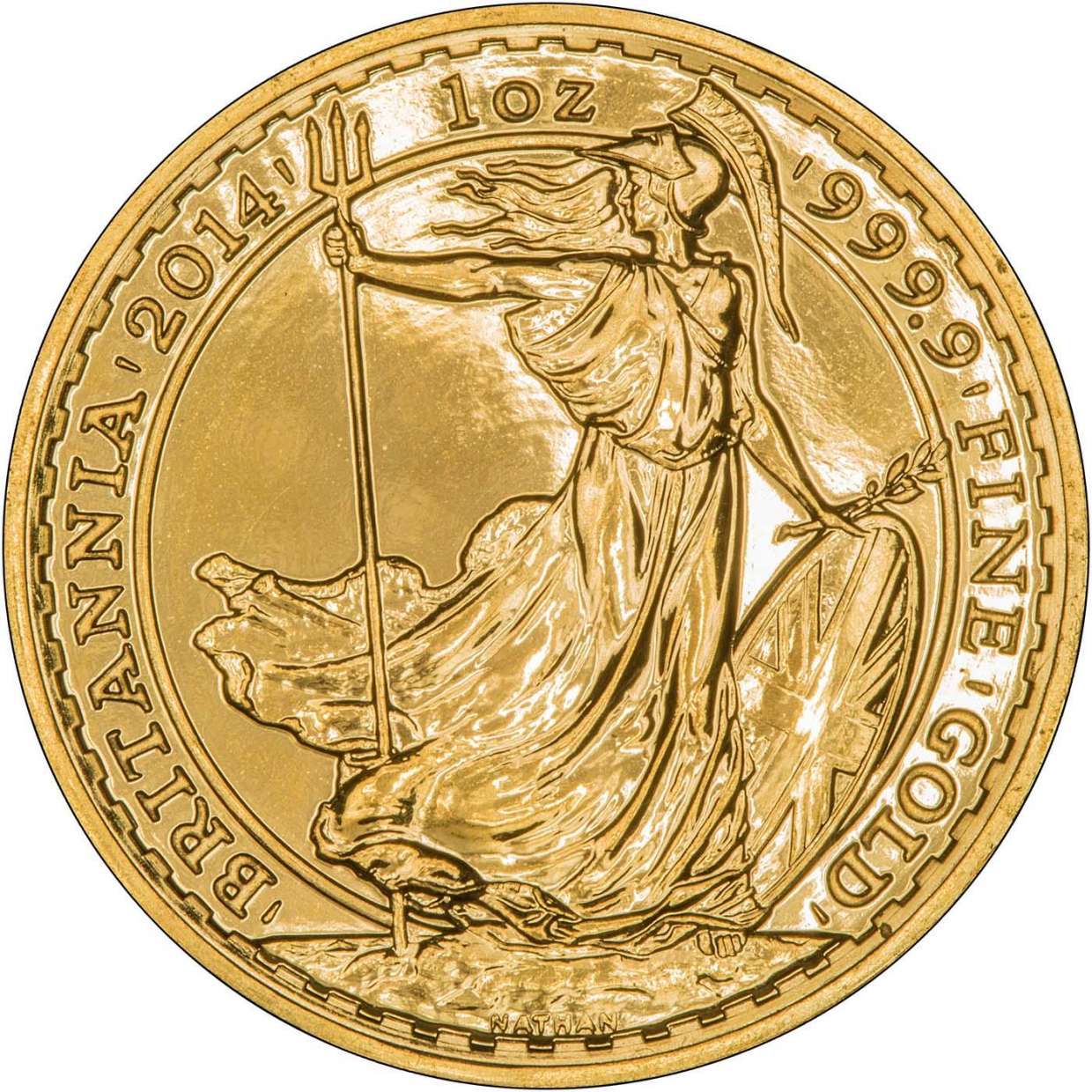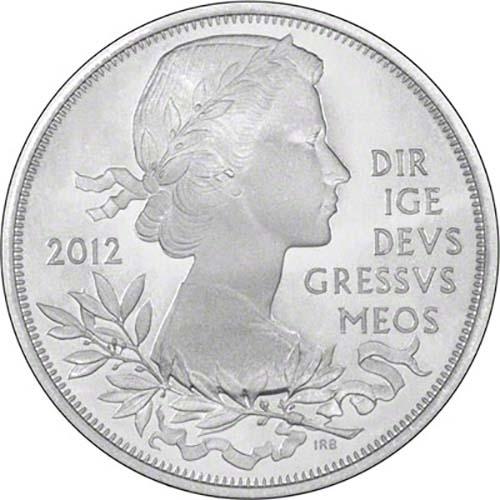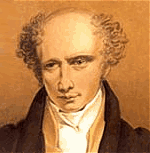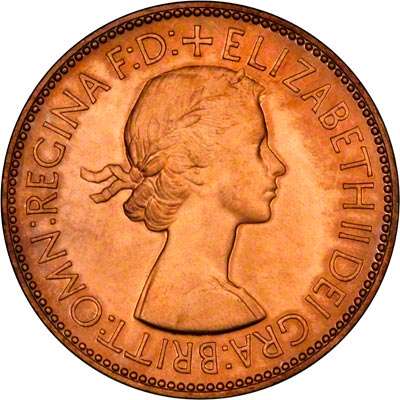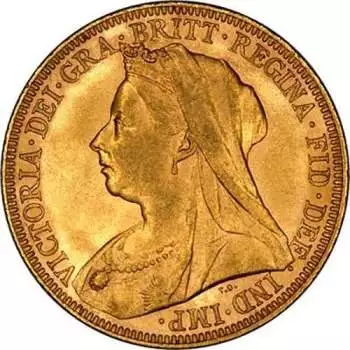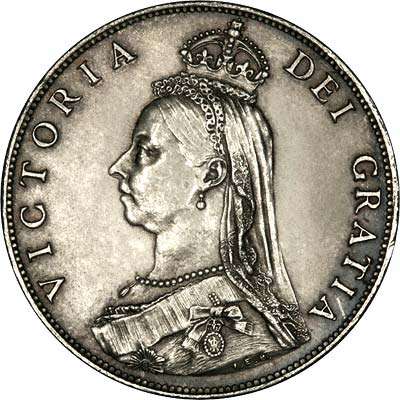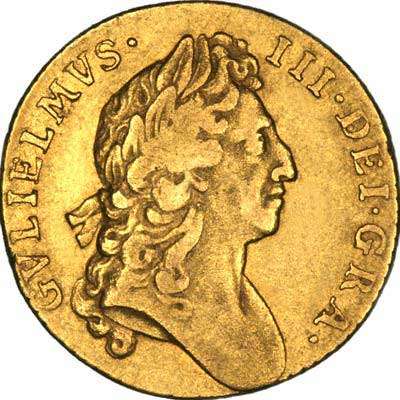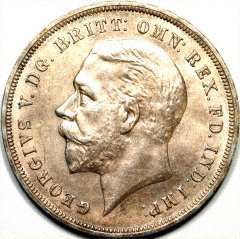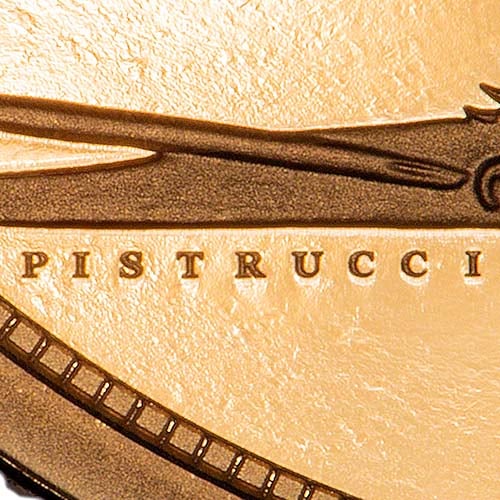Benedetto Pistrucci Engraver Of St. George And The Dragon
Synopsis
Born in Rome in 1783, Benedetto Pistrucci ’s early work fashioning medals and cameos soon affirmed his reputation as a talented gem engraver with international repute, leading to a personal invitation to come to England being extended by King George IV. Benedetto’s engravings consistently earned the highest levels of praise, completing the coronation medals of two monarchs (King George IV and Queen Victoria respectively), the acclaimed St George and the Dragon design and the Waterloo Medal, a project which took three decades to complete.

First Commissioned Coinage
Arriving in the capital in 1815, the renowned engraver was quick to prove his worth, soon being commissioned by the Master of the Royal Mint, William Wellesley Pole, for a series of new gold and silver coin designs to be released in 1817.
Obverse of a 1817 Half Sovereign

Obverse of a 1818 Half Sovereign

St George And The Dragon
A true craftsman, after initially being unable to engrave his models directly into steel Bendetto devised his own technique, giving way to a piece synonymous with the nations culture and heritage, the classic St George and the Dragon.
Inspiration struck following an encounter with Lady Spencer who requested that Benedetto reimagine a model of St George “in Greek style”. Delighted with the opportunity, the engraver pitched that the patron saint of England would be a welcome addition to the reverse of a newly release gold coin.
The resulting design was received with unanimous praise, being implemented on both the gold five-pound piece and the silver crown throughout the reign of George the IV and is still widely considered an iconic piece of numismatic design.
Pistrucci's St George on a 1817 Sovereign

Benedetto Pistrucci's St George on a 2000 sovereign

Career With The Royal Mint
Whilst Pistrucci endeavored to hold the prestigious title of Chief Engraver his heritage prevented this from becoming a reality. However, thanks to the consistently outstanding quality of his prior engravings the role of Chief Medalist was conceived especially for the Italian.
Despite his demonstrated calibre, Benedetto’s fiery temperament started to cause rifts at the mint, primarily due to not being appointed Chief Engraver as promised by William Wellesley Pole. Further divisions were caused through the commission of a commemorative medal for the Battle of Waterloo.
Whilst the medal is indisputably ornate, this was also its downfall, with The Royal Mint growing impatient over the 30 years it took Benedetto to complete the dies. Unfortunately, the completed dies were too large to be hardened meaning that no medals could be struck. With the completion of the Waterloo Medal came the end of Pistrucci’s career at The Royal Mint.
Benedetto's Design For George IV Coronation Medal

The Waterloo Medal

Related Blog Articles
This guide and its content is copyright of Chard (1964) Ltd - © Chard (1964) Ltd 2024. All rights reserved. Any redistribution or reproduction of part or all of the contents in any form is prohibited.
We are not financial advisers and we would always recommend that you consult with one prior to making any investment decision.
You can read more about copyright or our advice disclaimer on these links.



